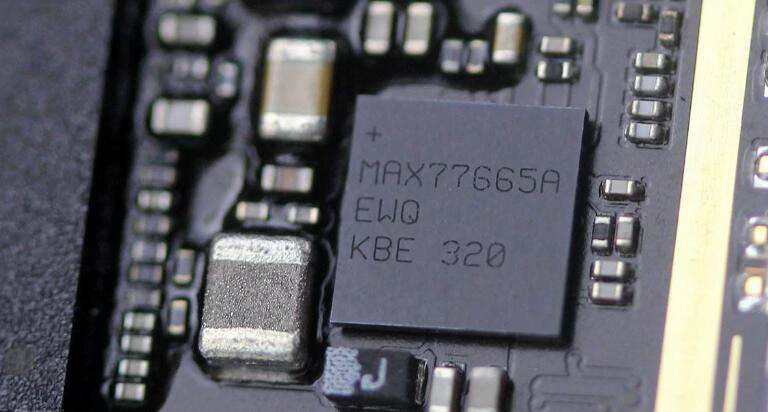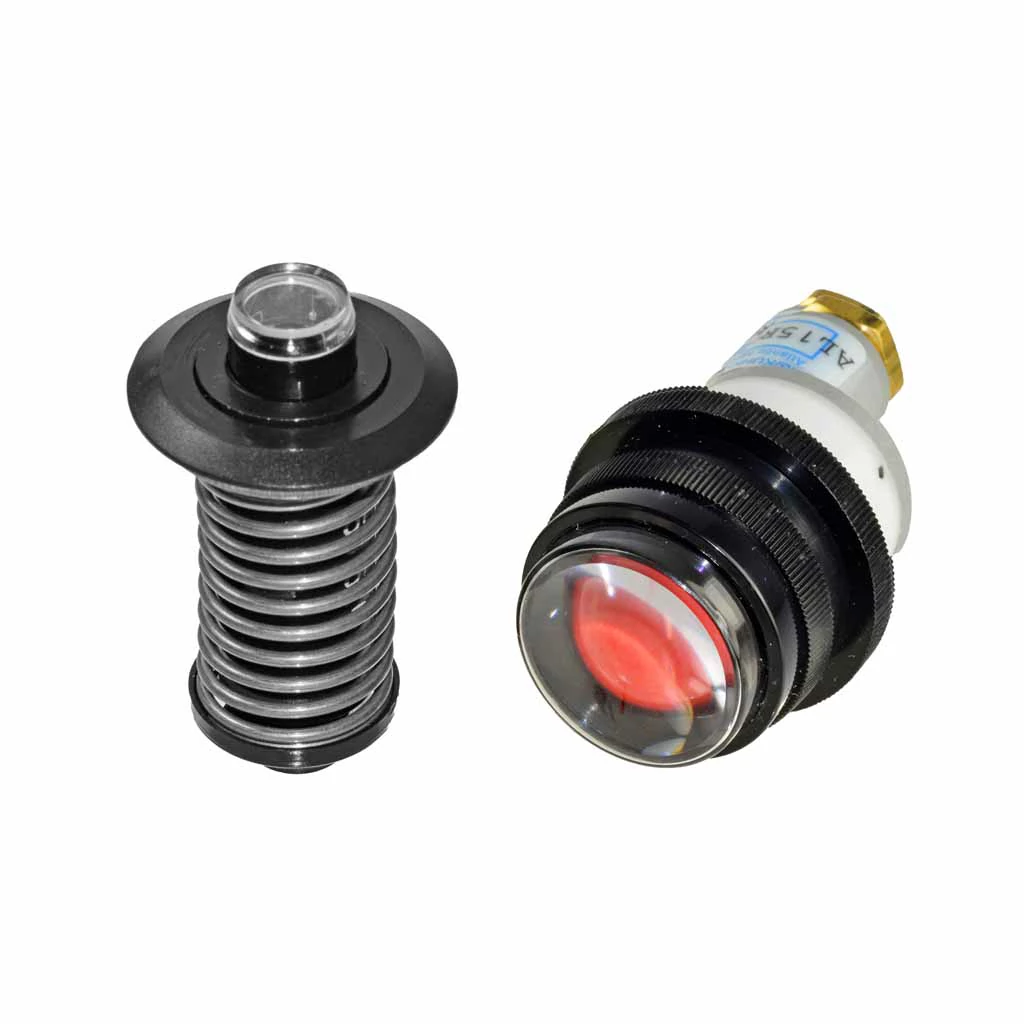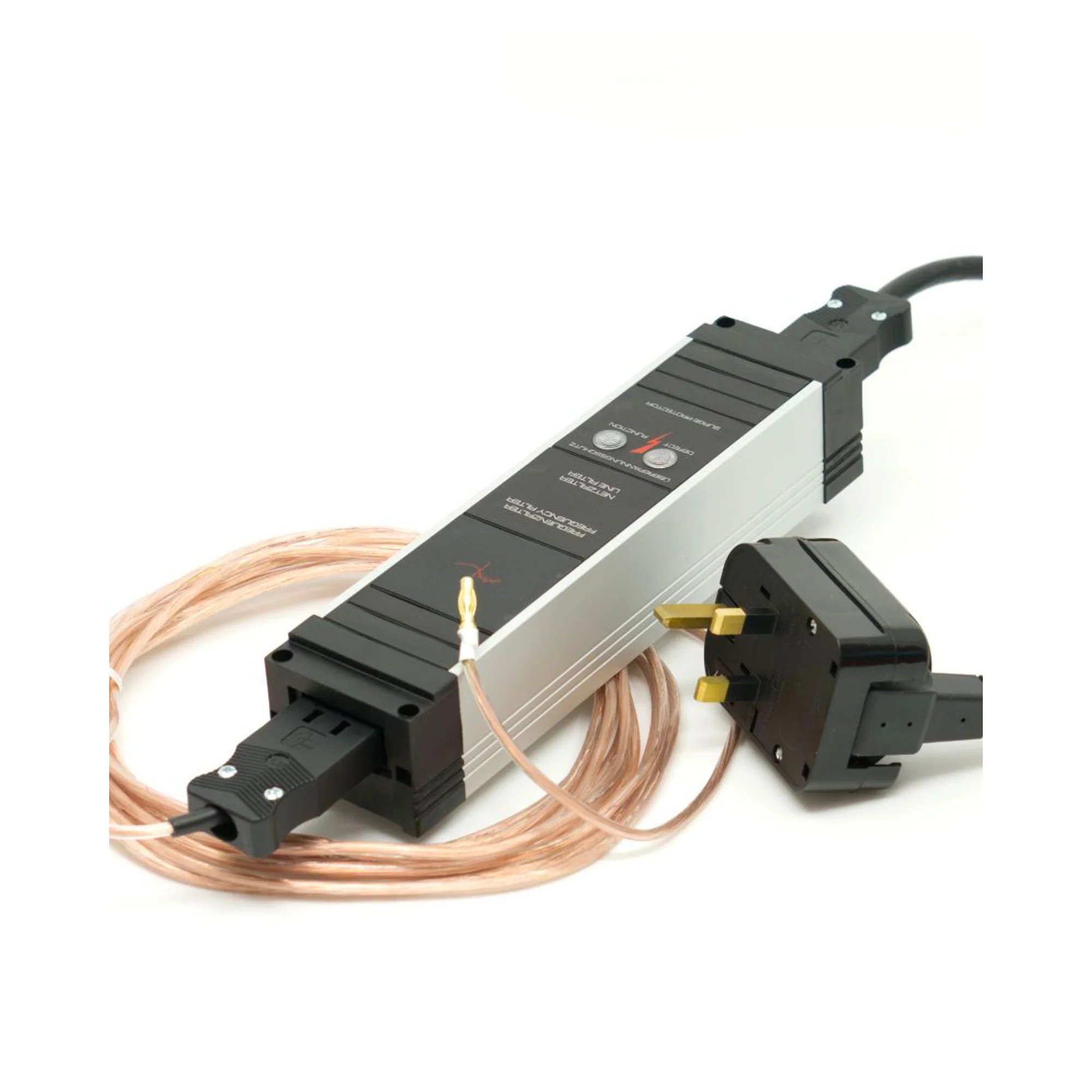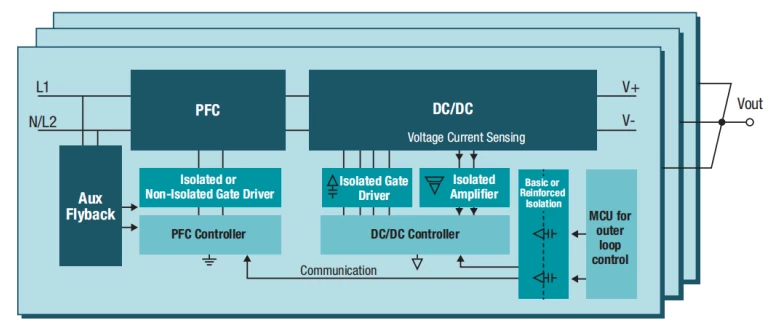Dc charging pile power switch chip overvoltage protection module OVP...
The current limiting protection of DC charging pile power switch chip is introduced
Main component
Concept:
Current limiting protection is an electrical safety technology used to limit the amount of current in a circuit to prevent equipment damage or safety accidents caused by abnormal current (such as short circuit, overload). In DC charging pile power switch chip, current limiting protection is one of the key functions to ensure charging safety.
Function:
The role of current limiting protection in DC charging pile is mainly reflected in the following aspects:
1. Short circuit protection: When a short circuit fault occurs in the circuit, the current limiting protector can quickly limit the short circuit current, reduce arc generation, and avoid fire and other safety accidents.
2. Overload protection: When the current exceeds the set safety threshold, the current limiting protector will start to prevent the line from overheating and ensure the overall safe operation of the charging station.
3. Overtemperature protection: When the temperature of the internal components of the protector is too high, the over-temperature current limit protection is activated to prevent product damage caused by excessive temperature.
4. Over and under voltage protection: When the line voltage is detected under or over voltage, the protector sends an audible and visual alarm signal, and can be pre-set whether to start the current limiting protection.
5. Leakage current monitoring: When the leakage of the monitored line exceeds the alarm setting value, the protector sends an audible and visual alarm signal, and can be pre-set whether to start current limiting protection.
Working Principle:
The working principle of the current limiting protector mainly includes the following steps:
1. Real-time monitoring: The current limiting protector monitors the current of the electrical line in real time, and once the current exceeds the preset safety value, the protection mechanism will be activated immediately.
2. Fast response: When a short circuit fault occurs, the current limiting protector can achieve fast current limiting protection within 150 microseconds, significantly reducing electrical fire accidents.
3. Audible and visual alarm: When abnormal current is detected, the protector will issue an audible and visual alarm signal to remind the management to take further processing measures.
4. Remote monitoring: Some current limiting protectors have RS485 interfaces or wireless communication functions, which can send data to the background monitoring system to achieve remote monitoring.
Sum up
Through these mechanisms, the current limiting protector provides comprehensive electrical safety protection for the DC charging pile, ensures the safety and stability of the charging process, prevents equipment damage, and improves the charging efficiency. It is an indispensable safety component in the intelligent charging pile.
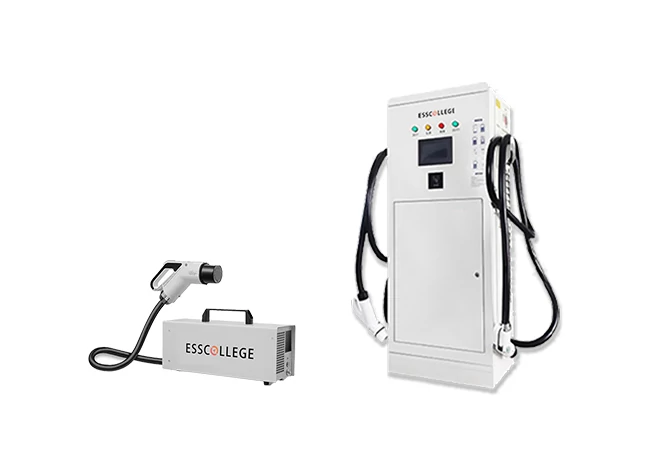
DC CHARGING PIlE SERIES
DC charging pile is an efficient charging facility for electric vehicles, which uses direct current (DC) to directly charge the vehicle battery, significantly reducing the charging time. Compared with traditional AC charging piles, DC charging piles are able to provide higher power output and can usually charge an EV to 80% of its capacity in 30 minutes, providing users with a convenient charging experience.
Extended reading
Visual indicator of mechanical locking device
Visual indicator of mechanical locking device Visual indicators are an...
Dc charging pile power switch chip start module
Dc charging pile power switch chip start module Main component...
Introduction of shielding and grounding in DC charging pile filter
Shielding and grounding of DC charging pile filter: dual defense...
Charge control chip charging current Settings
Charge control chip charging current Settings Main component TP4056 Charge...
THE ESSC Brand promise
Global supply
Our products sell well all over the world, covering many countries and regions, through the global logistics network, to provide customers with convenient purchasing experience.
Rigorous quality
We adhere to the highest quality control standards to ensure every product meets industry regulations and customer expectations, earning trust through consistent excellence.
Excellent service
With a customer-centric approach, we provide prompt responses, professional support, and personalized services, aiming to deliver the best user experience and long-term value.
